Learn the basics of cooking conversions between Imperial or U.S. customary units and Metric measurement systems so you can quickly convert recipe ingredients from cups to millimeters and grams, or the other way around.
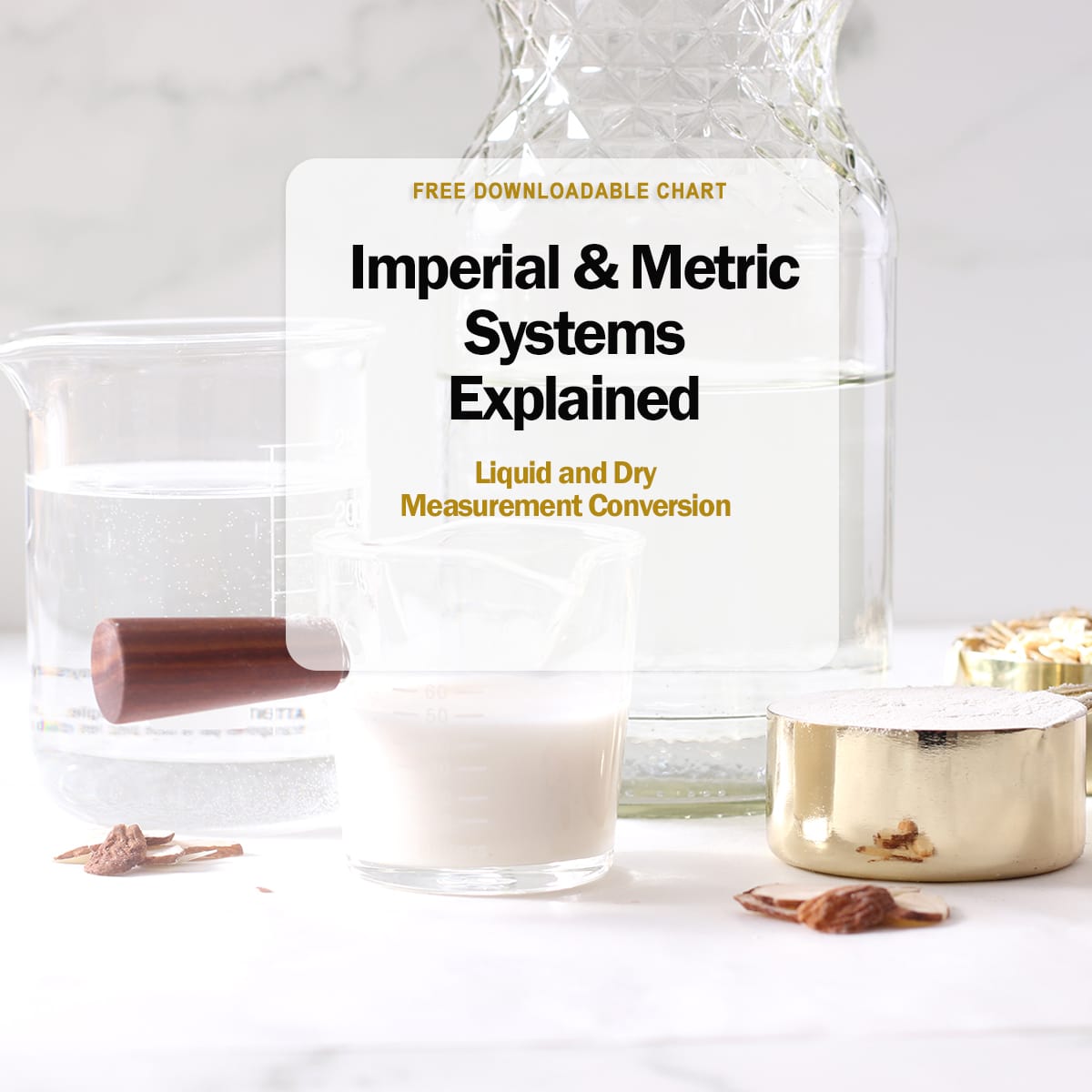
👉Want to Save This Recipe?
Learn about the imperial or US customary or standard system and metric measurement systems and how to convert to one from the other. This is important to know and I'll tell you why.
United States cooks use US customary units (USCS). While the USCS has ties with Imperial measurement system, which is still used in Britain, some sources say it is incorrect to say the US employs the imperial system so I will typically refer to the US system as being customary.
The US customary system is also referred to as the standard measurement system in the United States. It has ties to the imperial measurements system still used by Britain, but there are many differences. The rest of the world uses the metric system, a decimal-based system that uses grams and liters.
Since American cooks and international cooks encounter each other's recipes, the need for conversion charts is real, and that's why I wrote this post and provided you with some useful conversion lists and charts below.
What is the Imperial System?
The Imperial System of Measurement was invented in the early 1800s and embraced then by Great Britain. Since the United States was a newly formed country, and still being influence by Great Britain, the USA too adopted the imperial system of measurement. At some point, gradual changes were made to separate the imperial system used by Great Britain, mostly regarding volume measurements, and it developed into the US customary unit system in place within the United States today. Now, that system has deep roots in government, education and society so although there is talk about switching the US to the metric system to match the rest of the world, it would be hard to execute. NASA alone tried and failed back in the early 2000s. Currently they use both systems. [source]
The US customary system uses units of measure such as cup, ounce, pint, quart and gallon. It is also often referred to as the US standard system or English measurement system.
What is the Metric System?
The metric system was created a bit earlier and adopted by France and many other countries followed. Great Britain eventually caved too in 1965 and adopted the metric system, but the United States continues to use the imperial system which now has deep roots in the country's infrastructure, retain industry and society. The metric system uses units of measure such as grams and liters.

Difference Between Metric & Imperial (US customary)
The US customary system and the imperial system is based on fractions, whereas the metric system is based on multiples of 10 which results in decimal points. All systems have exceptions to their rules which can make things a bit confusing.
For instance, British beers are served in metric pints but are 20 ounces, different from the USA's standard pint which is 16 ounces. Also the British system still employs the term gallon, even though they've overall dropped the imperial system and are now using metric which does not have a gallon.
Then there's the fact that the Australian's use a metric system with even more differences. And the United States, while it continues to embrace a version of the imperial system, has, as I said, renamed it the US standard or the US Customary system of units. See why it's confusing?
Some Common Imperial (US customary) & Metric Measurements
Here are some measuring units that each system uses and some conversions.
Imperial (US customary)
3 teaspoons = 1 tablespoons
16 tablespoons = 1 cup
2 cups = 1 pint
2 pints = 1 quart
4 cups = 1 quart
16 cups = 1 gallon
8 ounces = 1 cup
16 ounces = 1 pint
32 ounces = 1 quart
128 ounces = 1 gallon
Metric
1000 grams in 1 kilogram
1000 milligrams in 1 gram
1000 milliliters in 1 liter
1000 meters in 1 kilometer
Abbreviations for Cooking Measurements
Both measurement systems have a shorthand of abbreviations for each unit of measurement. I have bolded the most commonly used choice.
| Measurement | Abbreviation |
|---|---|
| Cup | C, c |
| Gram | g |
| Kilogram | kg |
| Liter | L, l |
| Pound | pound |
| Milliliter | ml, mL |
| Ounce | oz |
| Pint | pt |
| Teaspoon | t, teaspoon |
| Tablespoon | T, TB, Tbl, Tbsp, tablespoon |
Imperial to Metric Conversions
While the United States is perfectly content using the US customary units or converted imperial system with its cups and gallons and the rest of the world carries on merrily with the metric system and things like grams and liters, there are times both sides need to know how to convert imperial to metric and visa versa. Such times often occur with recipes.
For instance, if you are from the United States, and you want to create a recipe by a British food blogger, you'll need to convert the measurements of the recipe to US customary units to match your knowledge and cooking measuring tools.
Here are two helpful charts of common cooking conversions, the first for volume, the second for weight. Screenshot to your phone for future reference.
📌Imperial (US customary) to Metric Volume Conversions
| US standard/customary | Metric |
|---|---|
| 1 teaspoon | 5 mL |
| 1 tablespoon | 15 mL |
| ⅛ cup or 2 tablespoons | 30 mL |
| ¼ cup or 2 fluid ounces | 60 mL |
| ⅓ cup | 80 mL |
| ½ cup or 4 fluid ounces | 125 mL |
| ⅔ cup | 160 mL |
| ¾ cup or 6 fluid ounces | 180 mL |
| 1 cup or 8 fluid ounces or ½ pint | 250 mL |
| 1 ½ cup or 12 fluid ounces | 375 mL |
| 2 cups or 1 pint or 16 fluid ounces | 500 mL |
| 3 cups or 1 ½ pints | 700 mL |
| 4 cups or 2 pints or 1 quart | 950 mL |
| 4 quarts or 1 gallon | 3.8 L |
| 1 ounce | 28 grams |
| ¼ pounds or 4 ounces | 112 grams |
| ½ pounds or 8 ounces | 225 grams |
| ¾ pounds or 12 ounces | 337 grams |
| 1 pounds or 16 ounces | 450 grams |
📌Imperial (US Customary) to Metric Weight Conversions
| U.S. standard/customary | Metric |
|---|---|
| 1 ounce | 28 grams |
| 4 ounces or ¼ pound | 113 grams |
| ⅓ pound | 150 grams |
| 8 ounces or ½ pound | 230 grams |
| ⅔ pound | 300 grams |
| 12 ounces or ¾ pound | 340 grams |
| 16 ounces or 1 pound | 450 grams |
| 32 ounces or 2 pounds | 900 grams |
| 64 ounces or 4 pounds | 1800 grams |
| 128 ounces or 8 pounds | 3600 grams |
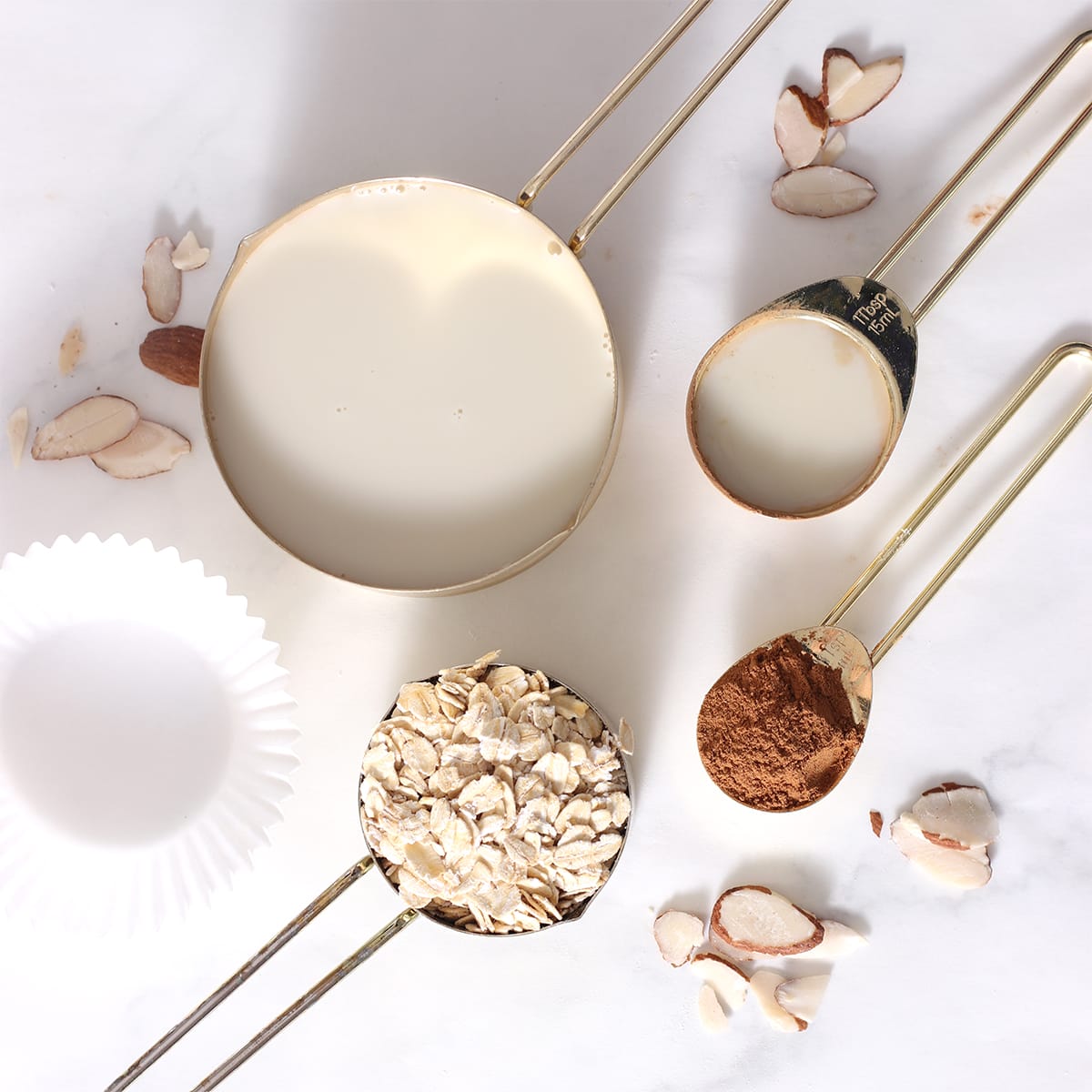
📌Some Conversions For Popular Ingredients
Here are a few conversions from 1 cup (imperial/customary) to grams (metric) done for you to assist you with your cooking conversions.
| Ingredients | Imperial/US customary (cups) | Metric (grams) |
|---|---|---|
| Flour | 1 cup | 150 grams |
| Cane sugar | 1 cup | 225 grams |
| Brown sugar | 1 cup, packed | 200 grams |
| Powdered sugar | 1 cup | 125 grams |
| Butter | 1 cup | 225 grams |
| Butter | ½ cup/stick | 113 grams |
| Berries | 1 cup | 150 grams |
| Nuts | 1 cup | 110 grams |
| Rice/Quinoa | 1 cup | 200 grams |
📌Free Kitchen Measuring Conversion Chart
Download my free kitchen measuring conversion chart and either post it on your refrigerator, or laminate it and add it to your recipe notebook. It can be a handy reference when you want to convert measurements to adjust a recipe, both imperial or metric.
FAQS
Imperial measurement system or US customary is better for cooks in kitchens across the United States because that is the measurement system understood by the American people.
In cooking, the main difference is in the units. Imperial units or U.S. standard system units use ounces, cups, pints and gallons. Metric units are milliliters and grams.
An ounce is a unit of measure within the imperial measurement system. The metric counterpart is the gram.
The cup is a unit of measure for the imperial or U.S. standard measurement system.
More Cooking Conversion Resources
If you found this post about the imperial and metric systems helpful, you might also like some of my other measurement posts including my how many teaspoons are in a tablespoon explainer, and even my Celsius and Fahrenheit conversion chart.
Also, if you visit any recipes on my website, please leave a 🌟🌟🌟🌟🌟 review on a recipe or a 📝 comment here if you have thoughts or questions.


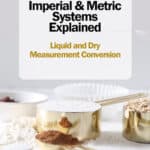

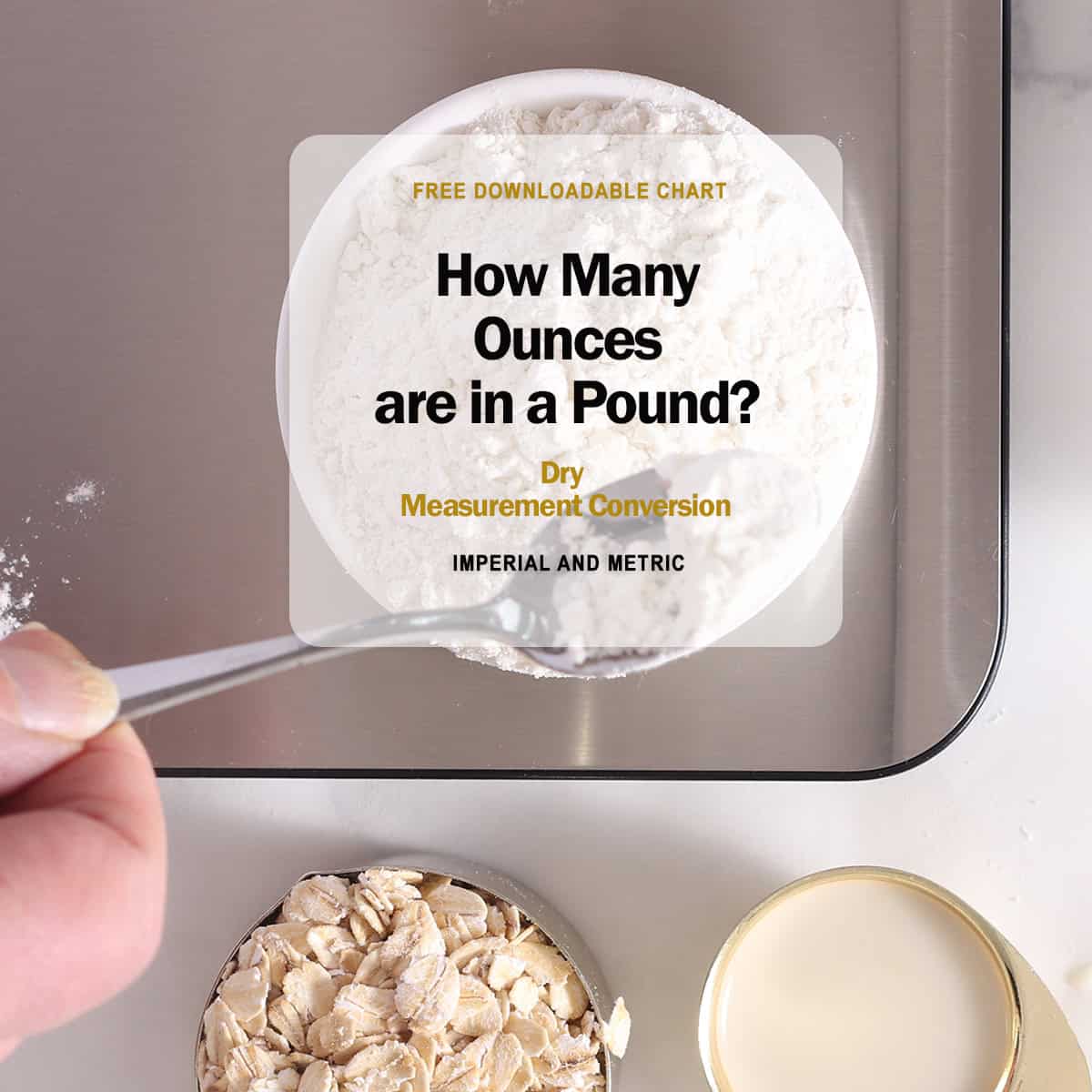
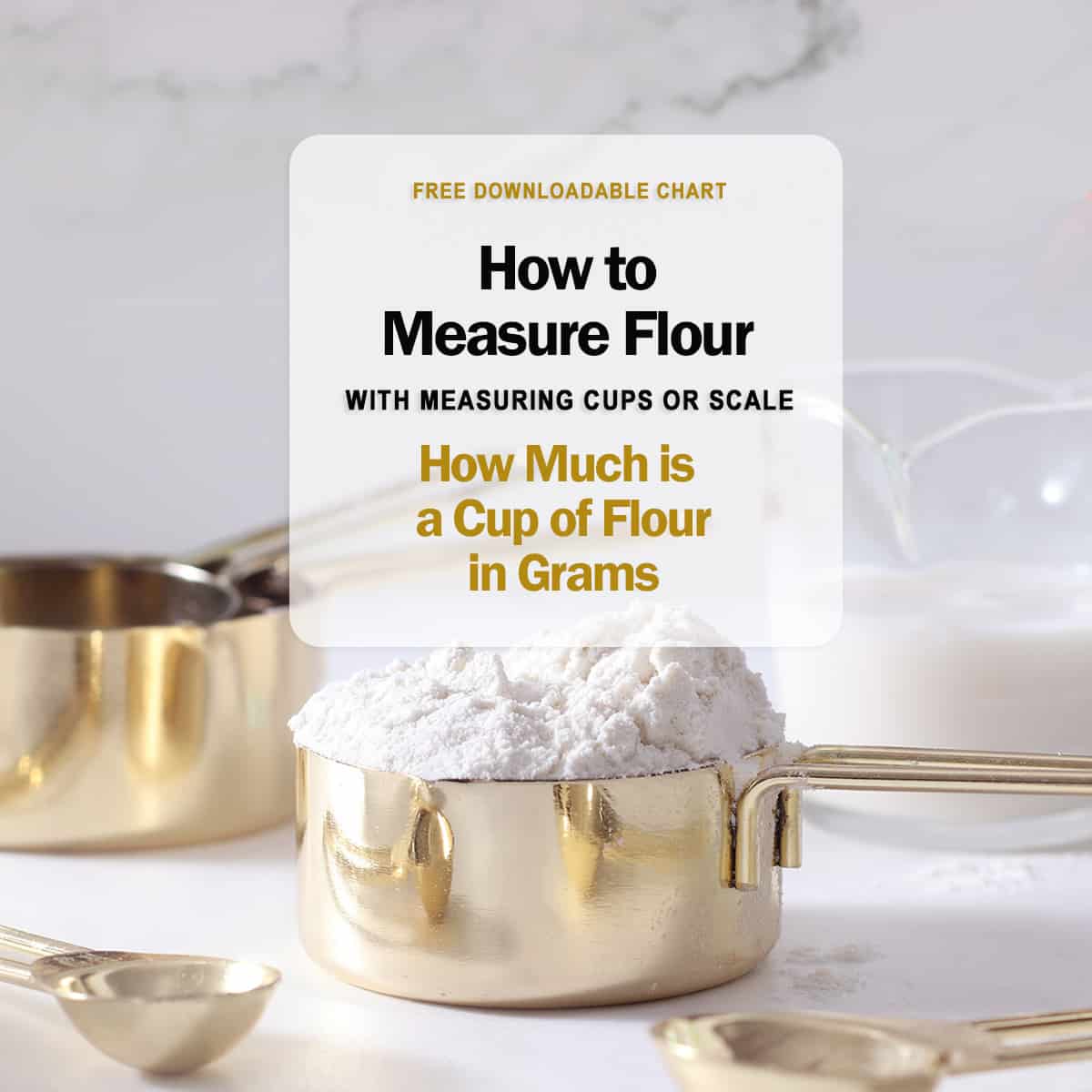

Leave a Reply